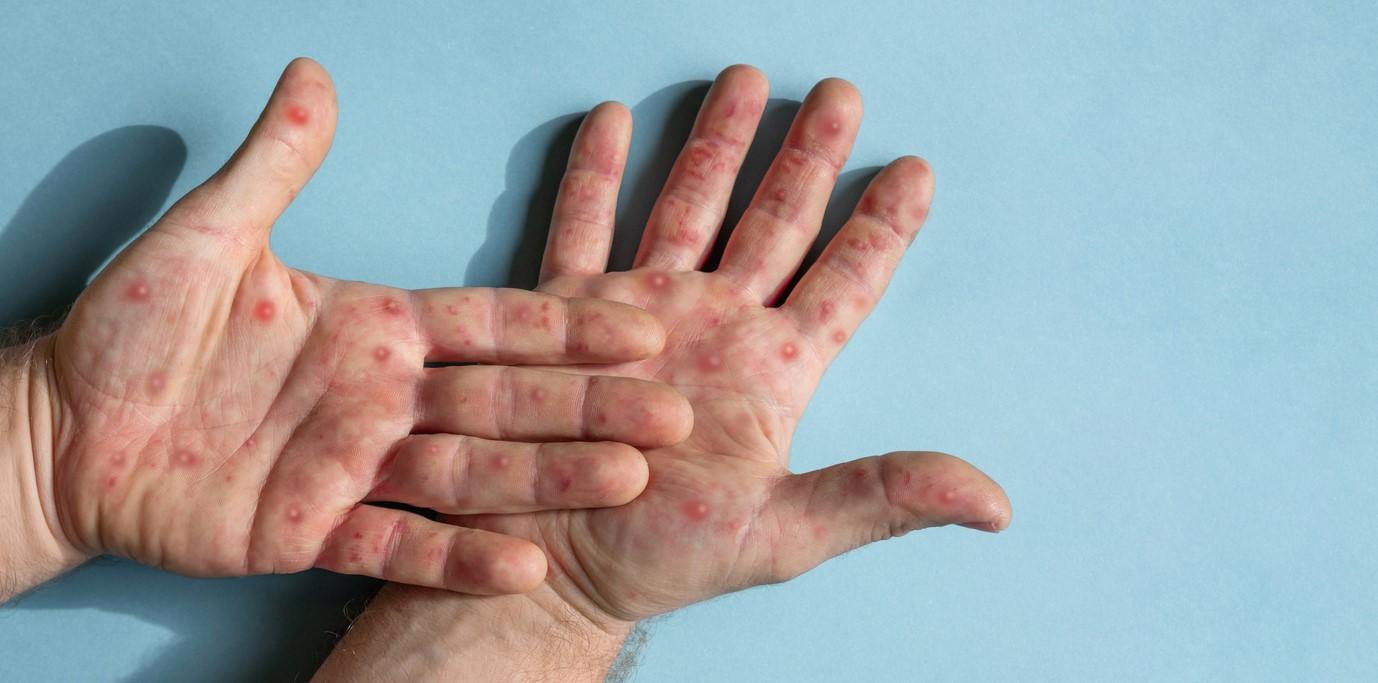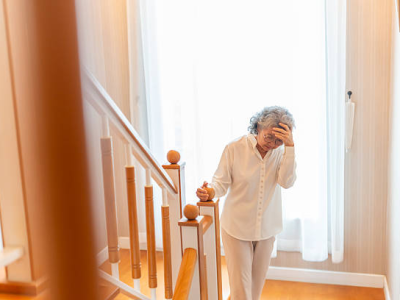
A new Centers for Disease Control and Prevention (CDC) report today notes that 38.6% of children age 9 to 17 had received at least one dose of the human papillomavirus (HPV) vaccine in 2022, with rates rising with age from 7% in the youngest kids to 57% in the oldest.
HPV vaccination has been recommended in the United States since 2006 for girls and 2011 for boys. The multiple-dose vaccine, targeted to be initiated for children ages 11 to 12 years, may be started as young as age 9 and prevents against the most common cancer-causing HPV strains.
Overall, girls (42.9%) were more likely than boys (34.6%) to have received one or more HPV vaccine doses.
Children with private insurance were more likely to have received at least one dose of HPV vaccine (41.5%) compared to children without insurance (20.7%) or those on Medicaid (37.0%).
Coverage also increased with parental education levels: 42.1% of children whose parents had a bachelor's degree or higher had received at least one dose, compared to 31.1% of children whose parents had a high school degree.
Urban and rural divide
Urbanization also was a factor in vaccine coverage.
The percentage of children who have received one or more HPV vaccine doses was higher for those living in large central metropolitan areas.
"The percentage of children who have received one or more HPV vaccine doses was higher for those living in large central metropolitan areas (39.4%), large fringe metropolitan areas (41.1%), and medium and small metropolitan areas (39.4%) compared with those living in nonmetropolitan areas (30.0%)," the CDC said.
Hispanic children (34.4%) were less likely than White children (39.9%) to have received at least one HPV vaccine dose. There were no significant differences among Black, Asian, and White children.












